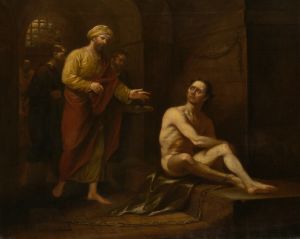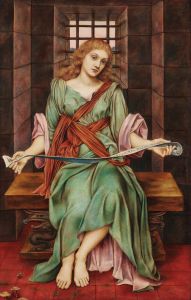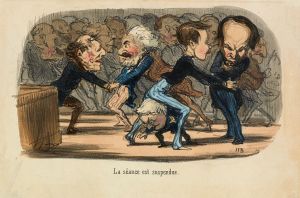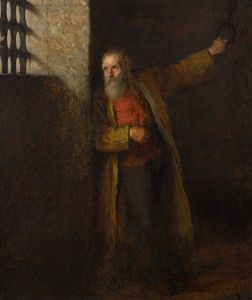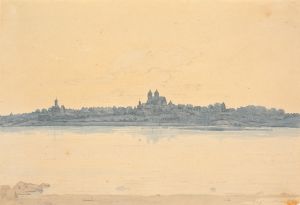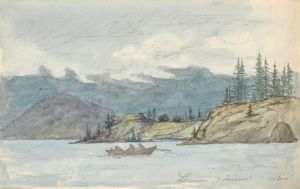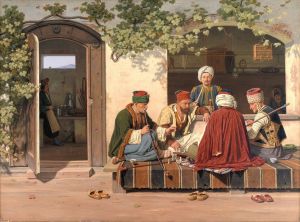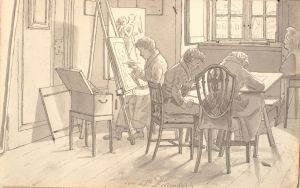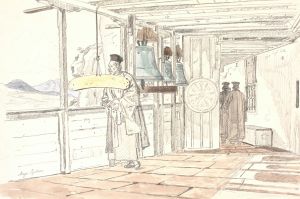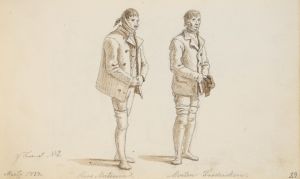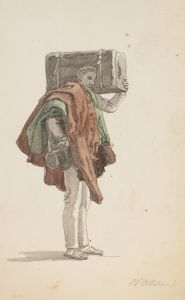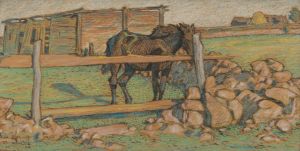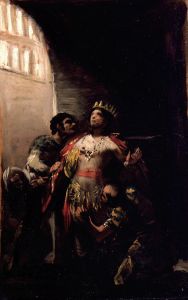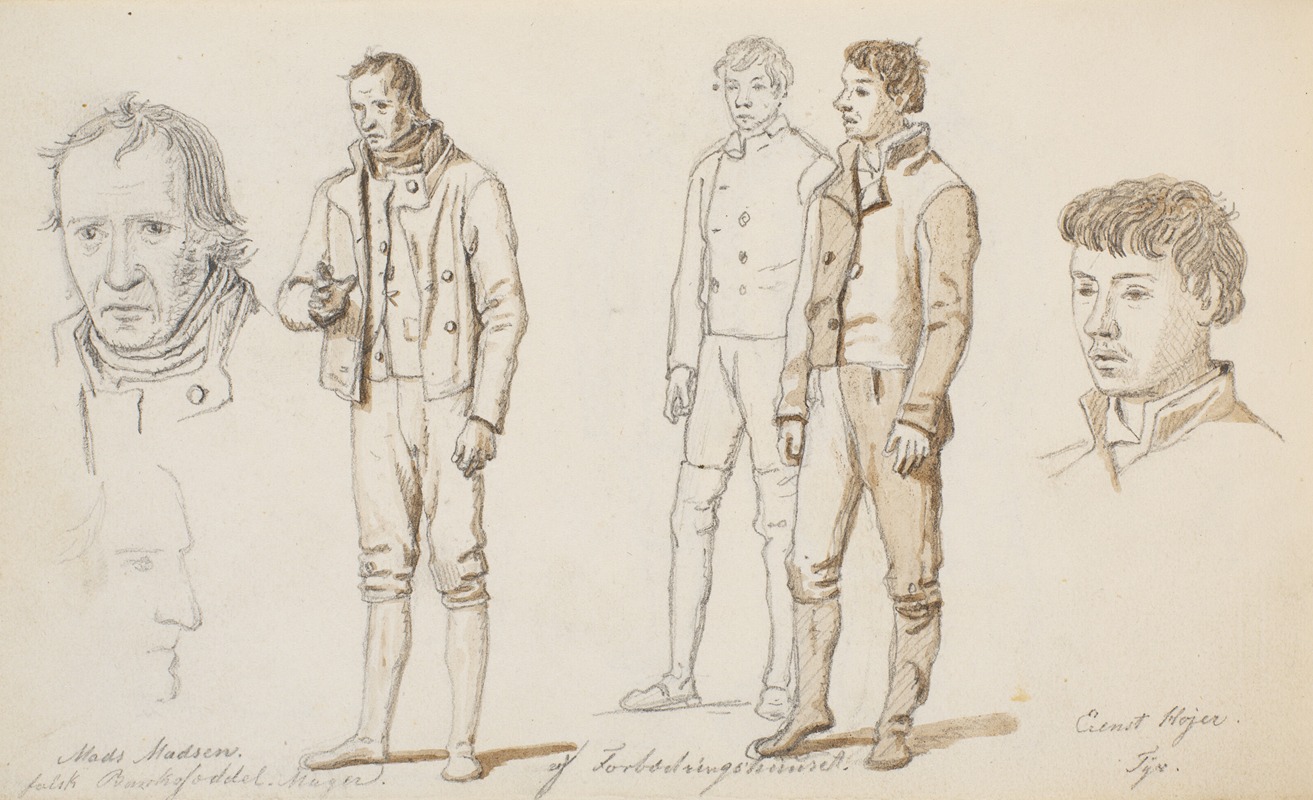
Fanger fra Forbedringshuset
A hand-painted replica of Martinus Rørbye’s masterpiece Fanger fra Forbedringshuset, meticulously crafted by professional artists to capture the true essence of the original. Each piece is created with museum-quality canvas and rare mineral pigments, carefully painted by experienced artists with delicate brushstrokes and rich, layered colors to perfectly recreate the texture of the original artwork. Unlike machine-printed reproductions, this hand-painted version brings the painting to life, infused with the artist’s emotions and skill in every stroke. Whether for personal collection or home decoration, it instantly elevates the artistic atmosphere of any space.
Martinus Rørbye (1803–1848) was a prominent Danish painter associated with the Golden Age of Danish art. His works often depicted landscapes, architecture, and scenes of everyday life, characterized by meticulous detail and a sense of intimacy. One of his notable paintings, Fanger fra Forbedringshuset (translated as Prisoners from the House of Correction), reflects his interest in capturing human subjects and their environments with a sense of realism and empathy.
The painting, created in 1837, portrays a group of prisoners from the Copenhagen House of Correction, a facility established in the early 19th century as part of Denmark's penal reform movement. The institution aimed to rehabilitate inmates through labor and discipline, reflecting contemporary ideas about crime and punishment. Rørbye's depiction of the prisoners is notable for its humanizing approach, avoiding sensationalism and instead focusing on the individuals' expressions and demeanor.
In the composition, the prisoners are shown in a moment of rest or transition, dressed in simple, uniform clothing. The setting is sparse, emphasizing the austere conditions of their confinement. Rørbye's attention to detail is evident in the textures of the clothing and the subtle interplay of light and shadow, which lend the scene a sense of depth and realism. The painting does not romanticize the prisoners' plight but instead invites the viewer to consider their humanity within the context of their circumstances.
Rørbye's choice of subject matter was unusual for the time, as Danish Golden Age art often focused on idyllic landscapes, historical themes, or portraits of the bourgeoisie. By depicting prisoners, Rørbye demonstrated a willingness to engage with social issues and explore themes of marginalization and reform. This painting is an example of his broader interest in documenting various aspects of Danish society, from the rural countryside to urban life.
Fanger fra Forbedringshuset is housed in the collection of the Statens Museum for Kunst (National Gallery of Denmark) in Copenhagen. It remains an important work for its historical and artistic significance, offering insight into both the Danish penal system of the 19th century and the evolving role of art in addressing social realities.





